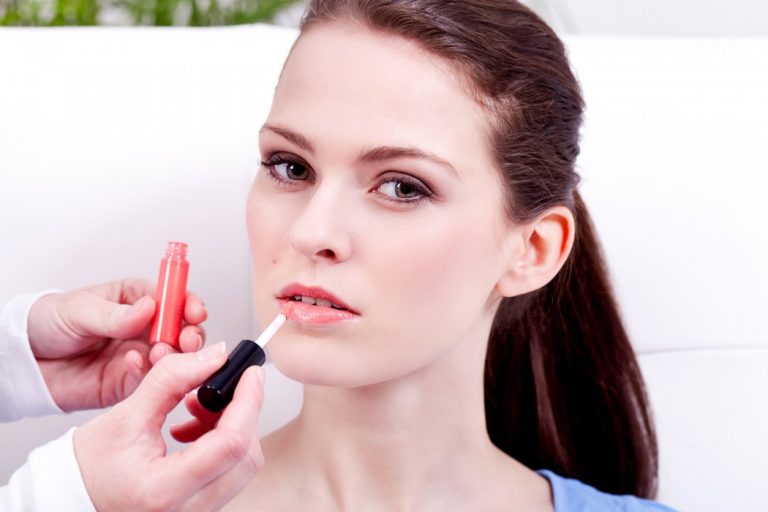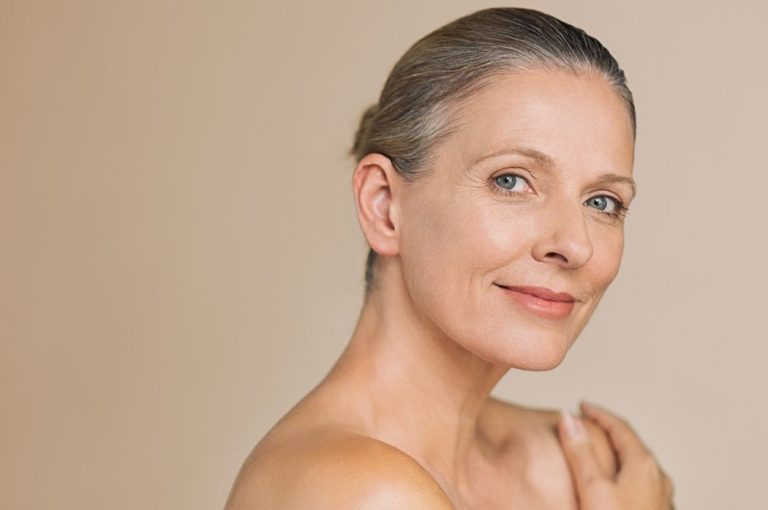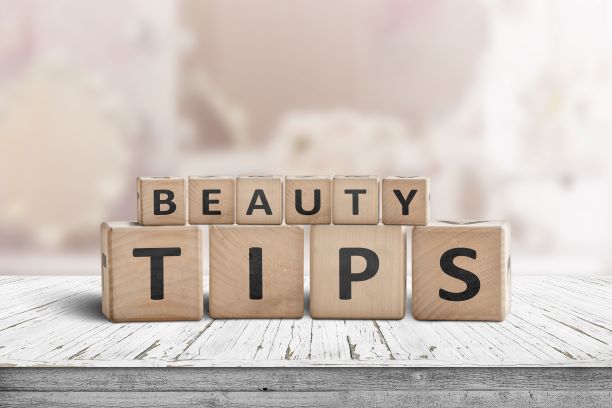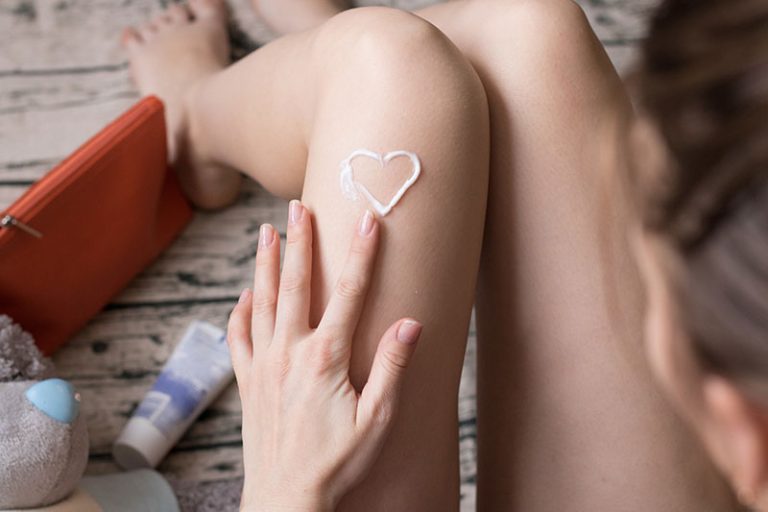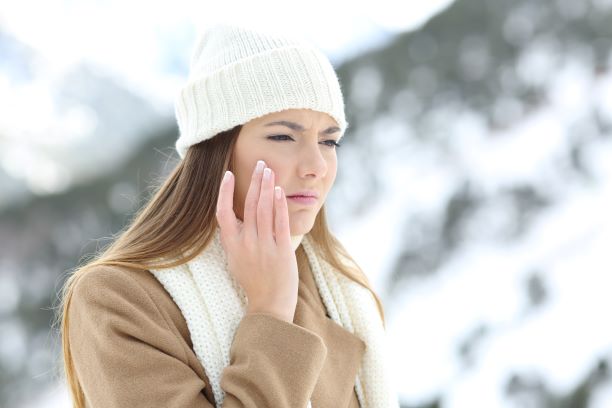s lip colours go, coral is made for springtime. It’s light, bright and can be worn from day to night seamlessly, perfect for everything from the office to Sunday brunches….
How You Can Look 10 Years Younger
Age is a funny thing. It can sneak up on you when you least expect it and even though you may feel young at heart and youthful, it doesn’t mean…
The Benefits Of Getting A Hair Transplant
When it comes to getting a hair transplant, many people still shy away from the topic or even feel embarrassed about getting it done, but this should definitely not be…
Choosing A Dentist: What You Need To Consider
To have good dental health, it’s essential to take care of your teeth. While regular brushing and flossing are important, it’s also recommended that you should visit your dentist regularly….
Why collagen supplements are important to the health of ageing skin
Collagen is our skin’s building block – it’s the most plentiful protein in your body – making up approximately 30% of all the proteins you have. It’s in your muscles,…
Beauty tips to help you feel happy and confident
Now more than ever, it’s important that we give ourselves the TLC that we need to feel beautiful and confident in our own skin. These tips will help you to…
Hydrating Your Skin From Within
You probably think you’re drinking enough water, but chances are you’re not, and drinking enough water is essential for healthy skin. Try monitoring your intake of water – just water,…
Looking after your skin in winter to avoid dry, dull and chapped skin
Winter is when your skin needs some help in looking after itself. The harsh weather can make your skin listless and dull, but you can change that with these simple…
Top ways to stay radiant during the dark winter months
It’s chilly outside so you’ve wrapped up warm from head to toe. Your indoor heating is also cranked up to combat the cold weather outside. Does this sound like you?…
Maintaining Good Skincare for Perfect Legs
Caring for your leg health during every stage of your life can be a simple part of your daily routine, and it will make a big difference to whether your…
